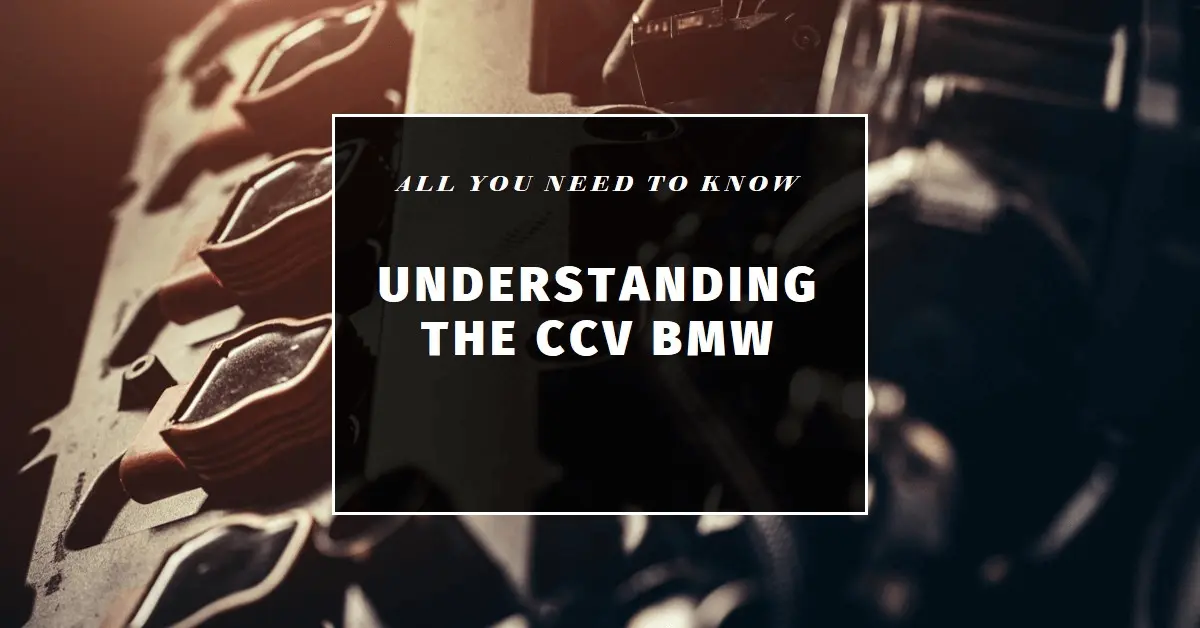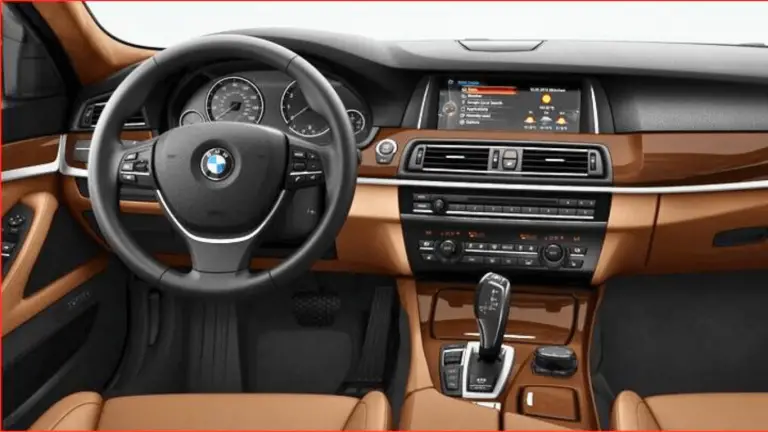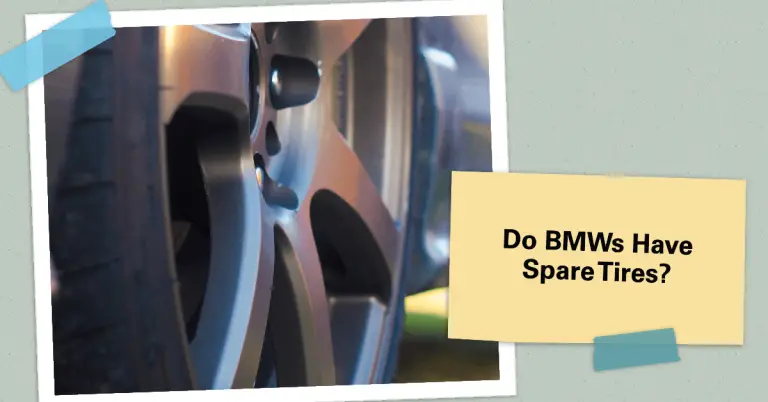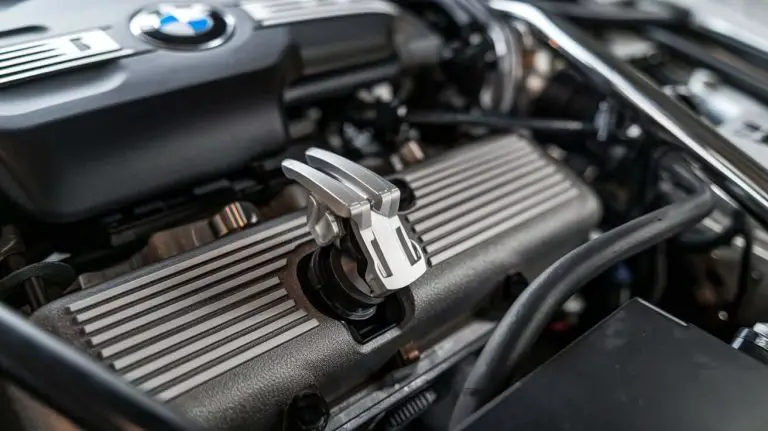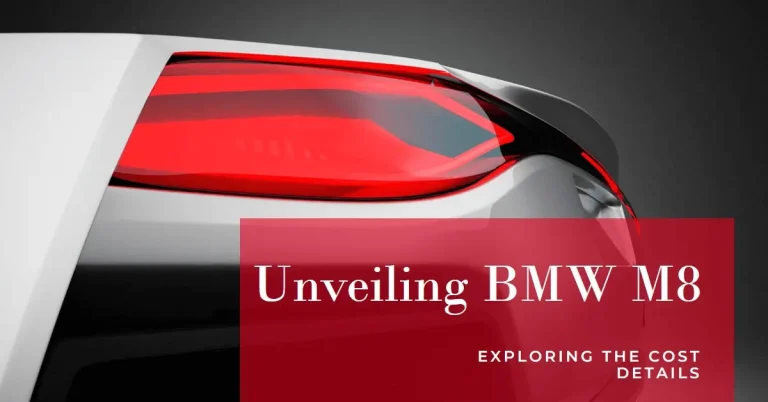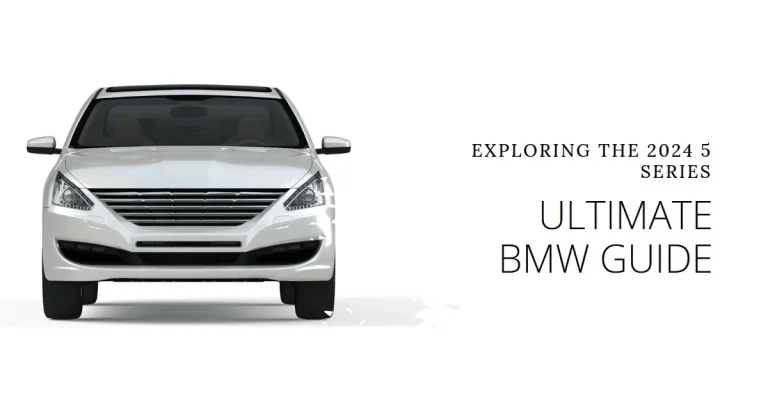What is a CCV BMW? (Crankcase Ventilation System)
If you own a BMW, you may have come across the term CCV and wondered – what does it stand for and why is it important? CCV stands for Crankcase Ventilation Valve, which is a key emissions control component in BMW engines. Read on to learn everything you need to know about the CCV system, how it works, symptoms of failure, and how to maintain it properly in your BMW.
Introduction
The Crankcase Ventilation Valve, commonly abbreviated as CCV, is also known as the PCV valve or oil separator in BMW models. This valve is located in the crankcase ventilation system and serves to handle blow-by gases emitted from the engine crankcase.
Blow-by gases contain unburnt fuel, oil vapor, and other particulates that have leaked past the piston rings during combustion. All internal combustion engines produce these gases and they can quickly build dangerous pressure levels inside the crankcase if not properly vented.
The CCV valve provides a controlled release path for these gases, circulating them back through the intake manifold to be re-burned in the engine. This improves emissions by preventing raw blow-by gases from polluting the environment. Proper functioning of the CCV system is crucial for long-term engine health and performance.
When the CCV valve fails due to a clog or broken component, oil leaks, engine damage, and emission control issues result. Read on to learn more about how the system functions, symptoms of failure, and best practices for maintaining your BMW CCV system.
What Does CCV Stand For?
CCV is an acronym that stands for Crankcase Ventilation Valve. This valve is a key component in your BMW’s positive crankcase ventilation (PCV) system.
Other common terms for the CCV include:
- PCV valve
- Oil separator
- Breather valve
- Crankcase breather valve
- Emissions control valve
While different manufacturers may use various names, CCV, PCV, and oil separator all refer generally to the same type of valve. Its purpose is to handle blow-by gas ventilation and oil separation in the crankcase.
How Does the CCV System Work?
The CCV system handles a crucial engine function – recycling gases from the crankcase instead of emitting them directly into the atmosphere.
Here is a quick overview of how it works:
- As the engine operates, some fuel and oil vapor pass the piston rings into the crankcase. These are known as blow-by gases.
- The gases build pressure in the crankcase, which needs to be vented.
- The CCV valve provides a controlled vent path between the crankcase and intake manifold.
- The valve only allows one-way airflow, pulling the crankcase gases into the intake when the manifold has vacuum.
- An oil separator baffles or filter are used to remove excess oil from the gases before recirculating them.
- The gases re-enter the combustion chambers to be burned off during normal operation.
- This closes the loop and prevents raw blow-by emissions from escaping the tailpipe.
Properly recycling these crankcase emissions is important both for emissions regulations and for engine longevity. Letting the gases vent freely can contaminate the oil and cause premature wear.
CCV Valve Design and Function
The CCV valve itself is typically a simple check-valve style design. It allows one-way airflow from the crankcase to the intake manifold.
Common designs include:
- Spring-loaded diaphragm – This uses a flexible diaphragm that covers an opening. When crankcase pressure exceeds manifold vacuum, it lifts the diaphragm to vent gases.
- Spring-loaded flap valve – Similar to diaphragm but uses a hinged metal flap to seal and open the valve.
- Regulated orifice – Some valves have a metered opening instead of a seals flap or diaphragm. This regulated orifice responds to changes in pressure/vacuum.
The valve housing also often incorporates baffles, mesh filters, or separation chambers. These are designed to remove excess oil vapor and droplets from the crankcase air before it returns to the intake and combustion chambers.
Where is the CCV Located on BMW Models?
The CCV valve location can vary across BMW models but is generally located in the engine bay attached to the crankcase ventilation hoses:
- E36/E46 – Mounted under the intake manifold
- E90/E92 – Under the valve cover at the back of the engine
- E60/E70 – Under intake manifold, toward rear near firewall
- E83 X3 – Under throttle body at front of engine
- E53 X5 – Under intake plenum at center of engine
Rubber hoses connect the CCV to the crankcase oil filler cap and the intake manifold. These provide the airflow path to route blow-by gases from the valve cover back into the intake. The CCV may also have an electrical connector on models with closed-loop monitoring.
Consult a service manual to find the exact location of the CCV valve on your BMW engine type. It’s also helpful to trace the hoses leading to/from the valve when diagnosing problems.
Symptoms of a Failed or Failing CCV Valve
When the CCV system cannot properly regulate crankcase pressure and oil vapor flow, several symptoms can develop:
- Check Engine Light Comes On – Fault codes relating to crankcase overpressure or intake leaks often indicate a CCV issue.
- Oil leaks – Blow-by gases can push oil past seals and gaskets if the CCV system is clogged.
- Increased oil consumption – More oil is blown through the engine and burned when the CCV system isn’t handling vapors properly.
- Rough idle – The engine may idle unevenly or stall if intake vacuum is imbalanced due to CCV failure.
- Hard starting – Buildup of crankcase pressure makes the engine crank slower when starting.
- Blue exhaust smoke – Oil being burned in the chambers can produce blueish smoke from the tailpipe.
Don’t ignore signs of a CCV issue, as it can quickly lead to oil leaks, fouled plugs, and excessive engine wear if the blow-by gases aren’t recycled.
What Causes CCV Valve Failure?
There are a few common reasons why a BMW CCV valve may fail:
- Clogged filter – The mesh filter inside the CCV can get filled with sludge over time. This restricts airflow and prevents proper crankcase ventilation.
- Stuck diaphragm – Internal components can seize up if contaminated oil varnishes the valves. This leads to the diaphragm sticking open or closed.
- Disconnected, cracked hoses – The CCV hoses can become loose at the fittings or develop cracks which break the vital airflow path.
- Worn components – The plastic housing, baffles, spring, and diaphragm wear out after years of heat cycles and vibration.
Regular inspection and replacement of the CCV filter/valve at BMW-recommended intervals prevents most of these failure causes. BMW states the filter should be replaced around every 60k miles.
Maintaining Your BMW CCV System
To keep your CCV system functioning properly:
- Inspect hoses at each oil change – Look for cracks or loose connections and replace damaged hoses.
- Replace the filter based on service manual interval – Generally every 50-70k miles. Use OE or OEM parts.
- Address oil leaks promptly – They can indicate CCV issues allowing pressure buildup.
- Replace worn-out system components – Valve, hoses, filter housing.
- Use quality oil – Helps keep valve components and filters from clogging prematurely.
- Fix other problems first – Problems like PCV, VCG, or VANOS leaks can impact CCV function.
With routine maintenance, the CCV system should last 100k+ miles in most cases. Check service bulletins for any updated components recommended for your BMW model.
What Does Replacing a BMW CCV Valve Cost?
Parts and labor costs to replace a failed BMW CCV valve include:
- Parts – $50-$150 for the valve, filter element, and new hoses. OE or OEM components are recommended for proper fit and performance.
- Labor – Expect around 1-2 hours for a typical CCV replacement at $100-$150 per hour. More extensive repairs if the valve has caused subsequent engine damage.
- Misc Supplies – Gaskets, sealants, oil, shop fees. Around $50 total.
- Total – $250-$500 is typical for parts, labor, and supplies. Could be more if engine repairs needed.
This maintenance is recommended around 60k mile intervals to help avoid more costly repairs later on. Replacing worn components before the CCV valve completely fails can optimize emissions system function.
How to Prevent BMW CCV Problems
You can help maintain proper CCV system operation and extend the service life by:
- Changing the filter regularly – Every 50-70k miles per BMW service bulletins. Use OE or OEM parts.
- Addressing oil leaks promptly – Don’t allow pressure buildup that can damage seals from blow-by.
- Not ignoring check engine lights – Fault codes often provide early warning of CCV issues.
- Allow proper warmup – Letting the engine reach full operating temp helps evaporate moisture and prevents oil sludge buildup.
- Use quality oil and change regularly – Helps reduce contamination and coking of CCV components.
The CCV system generally requires minimal maintenance if the filter element is changed per BMW recommendations. Promptly diagnosing problems based on symptoms or codes prevents more extensive repairs.
Recent CCV Technology Improvements
While the basic function remains the same, modern CCV valves continue to advance:
- Improved materials – Temperature and chemical resistant plastics prolong component life.
- Higher precision – Tighter tolerances and quality control improve sealing and metering performance.
- Integrated monitoring – Electronic monitoring of flow allows closed-loop regulation of crankcase pressure.
- Engine-specific designs – Optimized CCV valves calibrated for a particular engine’s size and emissions output.
Constant engineering refinement of the venerable CCV valve increases reliability and operating life. Ask your BMW service department about the latest recommended valve for your model.
Conclusion
The Crankcase Ventilation Valve is a small but vital emissions control component in all BMW vehicles. It handles recycling contaminating blow-by gases from the crankcase instead of releasing them unburnt into the atmosphere.
Symptoms like oil leaks, rough idle, and check engine lights often indicate a problem with the BMW CCV system. Replacing the valve, filter, and hoses at the recommended 60k mile interval helps prevent engine damage and promotes smooth operation.
While largely maintenance-free, periodically inspecting and replacing worn CCV components ensures your BMW continues running cleanly and efficiently for years to come. Check your owner’s manual or consult with a service professional for the most up to date recommendations. Performing this basic maintenance helps preserve BMW performance and reliability.

